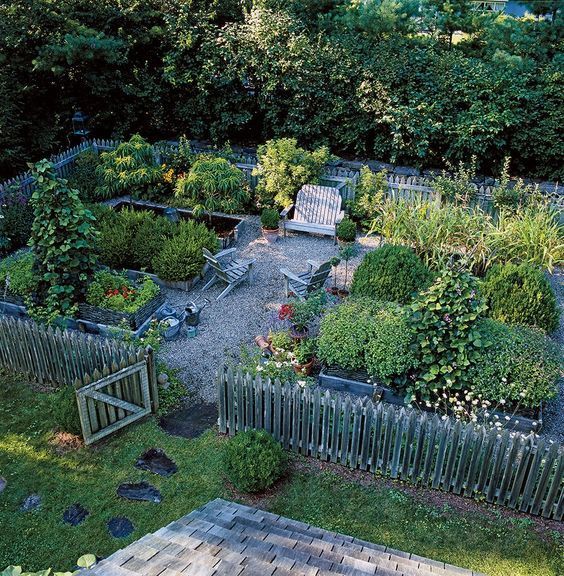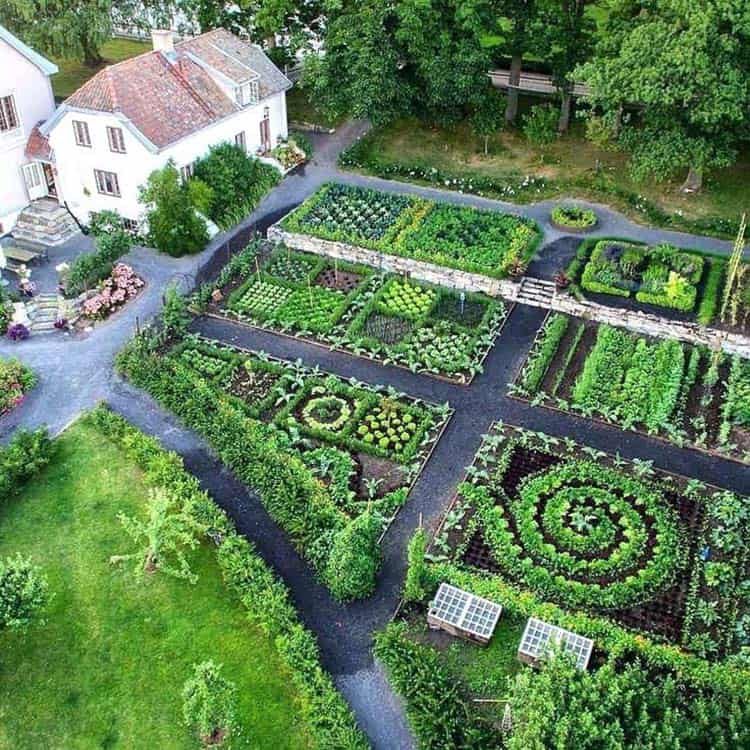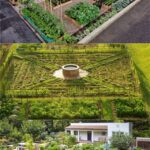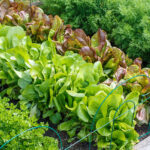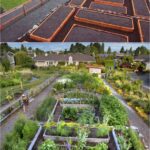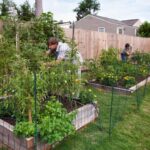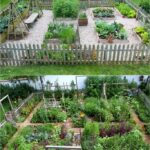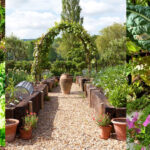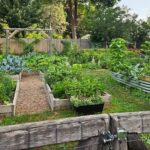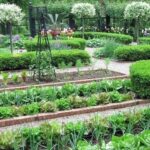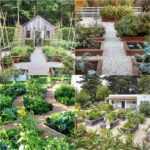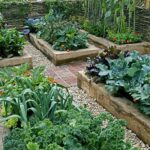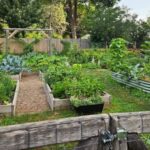Vegetable gardening is a popular and rewarding activity that allows individuals to grow their own fresh produce right at home. When designing a vegetable garden, there are several key factors to consider in order to create a successful and enjoyable growing space.
One important aspect of vegetable garden design is the layout and organization of the space. It is essential to plan out the layout of the garden, taking into consideration factors such as sunlight exposure, water availability, and the specific needs of the plants being grown. By organizing the garden in a thoughtful and strategic manner, gardeners can maximize the space and optimize growing conditions for their vegetables.
In addition to layout, the selection of vegetables to grow is another crucial aspect of garden design. It is important to choose vegetables that are well-suited to the climate and soil conditions of the garden site, as well as vegetables that are appealing and enjoyable to eat. By selecting a diverse range of vegetables, gardeners can create a balanced and productive garden that provides a variety of fresh, nutritious produce throughout the growing season.
Another important consideration in vegetable garden design is soil preparation and maintenance. Healthy, nutrient-rich soil is essential for growing strong and productive plants, so it is important to test the soil and make any necessary amendments before planting. Regular maintenance, such as mulching, watering, and fertilizing, can help to ensure that the soil remains healthy and fertile throughout the growing season.
When designing a vegetable garden, it is also essential to consider pest and disease management strategies. By practicing good garden hygiene, such as removing weeds and debris, rotating crops, and using natural pest control methods, gardeners can help to prevent and manage common garden pests and diseases. By incorporating these strategies into the garden design, gardeners can minimize the risk of damage to their plants and maximize their harvests.
Finally, aesthetics should not be overlooked in vegetable garden design. By incorporating elements of beauty and creativity, such as colorful plantings, decorative containers, and artistic trellises, gardeners can create a visually appealing and inviting garden space. By blending practicality with beauty, gardeners can create a vegetable garden that is not only productive and functional but also a pleasure to spend time in.

